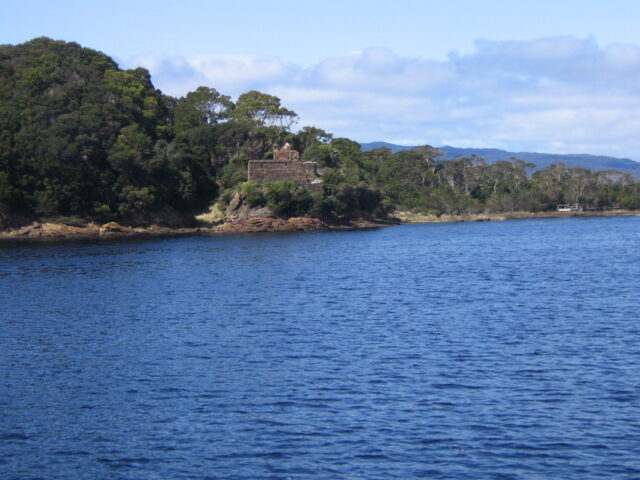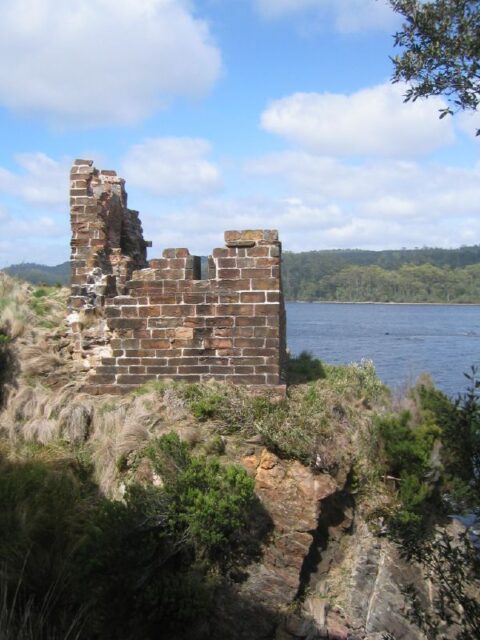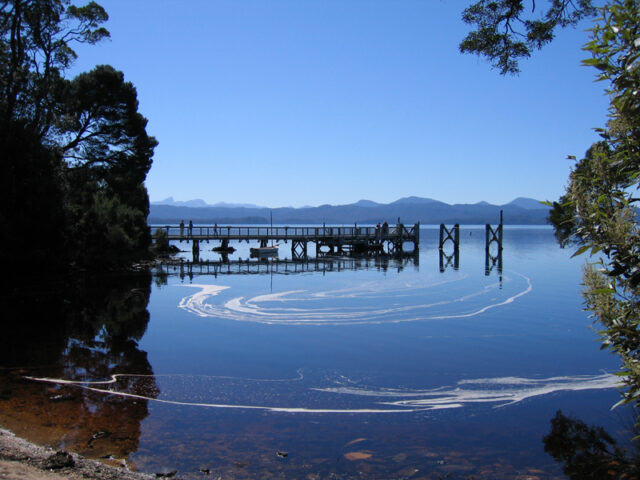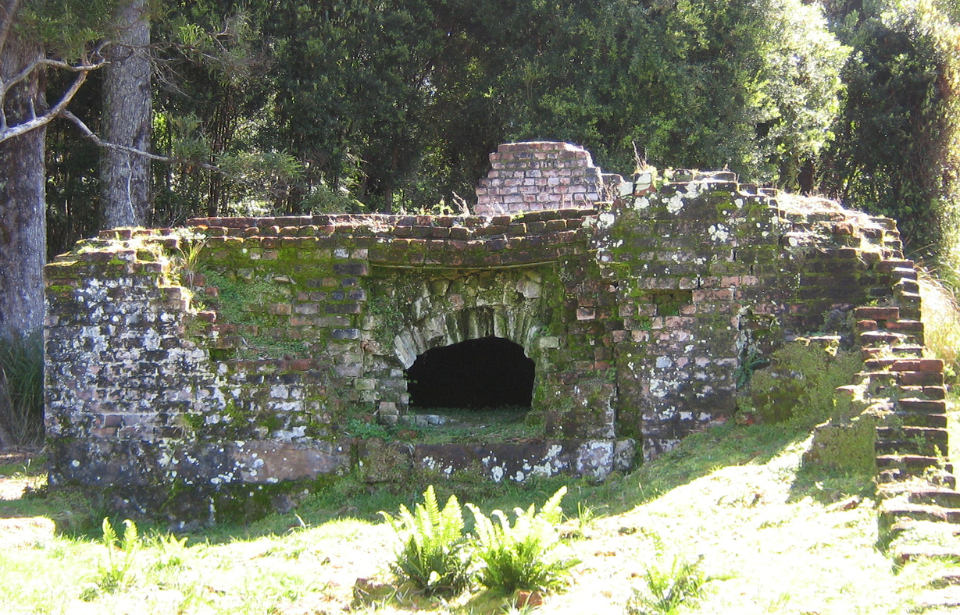Macquarie Harbour Penal Station stands as a testament to Australia’s colonial past and its convict history. It was designed to house some of the most hardened and notorious criminals transported from Britain and was known for making escape from its confines impossible. However, this was not the case – while escape was extremely difficult, it was still possible.
Macquarie Harbour Penal Station was on an isolated island

Macquarie Harbour Penal Station, located on Sarah Island in Macquarie Harbour, Australia, was operational from 1822 to 1833. Access to this British colonial prison was possible only by passing through Hell’s Gates, a narrow channel with perilous currents and unusual tides that forms the entrance to this shallow inlet on Tasmania’s West Coast.
This penal colony was where the worst of the worst were locked: convicts who were hard to keep in one place. The island of Sarah was the perfect place for them as it was surrounded by deep water and featured high mountains and unforgiving wilderness. On top of all that, the nearest settled area is hundreds of miles away. Sarah Island’s closest neighbor, Grummet Island, was also used by the prison, as this is where the solitary cells were located.
Escaping Sarah Island

Over the years, many convicts who tried their luck at crossing the channel failed to survive in the treacherous water currents. However, despite the obstacles to do so, there were a number of prisoners that were astute enough to successfully escape from Macquarie Harbour Penal Station. One of these men was the bushranger Matthew Brady. “Gentleman Brady,” as he was sometimes referred to, managed to get to Hobart, the capital of Tasmania. It was 1824 when he did so, immobilizing the overseer and stealing a boat.
Another successful escapee was a man by the name of James Goodwin. He managed to get off the island in 1828 but was later recaptured. Surprisingly, he wasn’t locked up again. Instead, he was employed as an official surveyor of the area that he so masterfully managed to get through.
The most notorious among the escapees was Alexander Pearce. He managed to escape twice from the island of Sarah and both times he literally made a meal out of those that went with him. Pearce solved the problem of finding himself something to eat by eating his fellows.
Life for those who remained at the prison

Prisoners who remained on the island were employed in the industry of shipbuilding. They felled the Huon Pine woodland on the island and floated it downriver to the shipyard, which at one point was the largest in all of the Australian colonies.
The living conditions on the island were dreadful. The inmates had no way to produce food and for this reason, malnutrition, scurvy, and dysentery were common. The only way the prisoners could get food and supplies was by sea. As if that wasn’t enough, the prison barracks were overcrowded too, so much so that the prisoners had to lie on their side to fit them all inside.
When it came to punishing the convicts, flagellation was the common way of doing so. In fact, the prison averaged almost 7,000 floggings a year. With such bad conditions and treatment, it is no wonder that one convict, named Trenham, went to such lengths as to kill another prisoner just so he would be executed rather than having to spend anymore time in the prison.
Closure of the Macquarie Harbour Penal Station

The end of this penal community came in 1833. Upon its closure, all of the convicts were relocated to another convict settlement called Port Arthur. Only ten convicts were left behind and tasked with the construction of a brig. Cunningly, these men used that same brig to escape to freedom. Their daring escape has remained forever known in history as the Frederick Escape, but not all their freedom was to last, as four of the convicts were recaptured and locked up again.
More from us: Missouri State Penitentiary: The Bloodiest 47 Acres in America
Today, the island of Sarah remains abandoned, home to the ruins of this once dreadful penal colony. Sarah Island Historic Site is managed by the British Government and the Tasmania Parks and Wildlife Service, as part of the Tasmanian Wilderness World Heritage Area. The island has also served as an inspiration for a number of books and theatrical shows such as The Fatal Shore: a history of the transportation of convicts to Australia, 1787-1868, written by Robert Hughes, and many other works.
